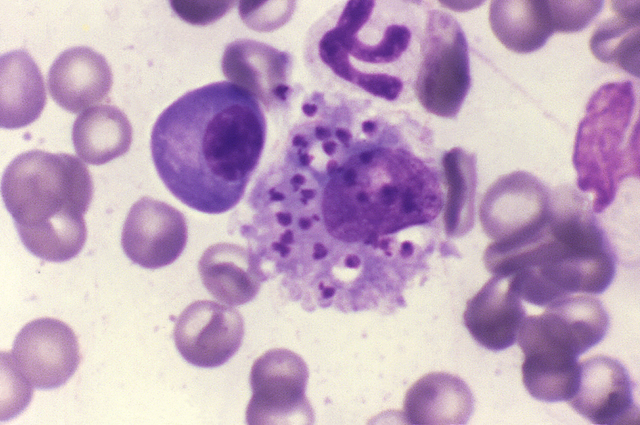
A Guide to Leishmaniasis in Dogs
Leishmaniasis is spread by the sand fly, and has both visceral and cutaneous forms in dogs as well as humans. The dog is believed to be the reservoir for human disease in the Americas.
The infection occurs when the sand fly contaminates the skin of the host with the parasites, and the incubation period from this infection until when the symptoms show can be anything from one month up to a few years. In dogs, leishmaniasis normally spreads through the entire body to most of the organs. Kidney failure is the most common cause of death in dogs that have this disease, and the majority of all infected dogs develop systemic or visceral disease, and as many as 90% of infected dogs will also develop skin problems.
The skin, liver, kidneys, eyes, joints, and spleen are the main organ systems usually affected, with lesions developing on the skin, and also hair loss. The disease is also known to cause hemorrhaging as well.
Symptoms of Leishmaniasis in Dogs
As mentioned earlier, there are two types of Leishmaniasis found in dogs, namely cutaneous and visceral, with each type affecting different areas of the body.
Visceral affects the organs of the abdominal cavity, with symptoms such as:
- Loss of appetite
- Severe weight loss – anorexia
- Tarry feces, although not common
- Diarrhea
- Nose bleed
- Exercise intolerance
- Vomiting
Cutaneous affects the ski, with the following symptoms:
- Alopecia – dry, brittle coat with symmetrical hair loss
- Hyperkeratosis – the most prominent symptom: excessively scaly, thickening skin, loss of skin color, and chapping of the foot pads and muzzle
- Intradermal ulcers and nodules may appear
- Abnormally long or brittle nails in some dogs
- Nodules which usually develop on the surface of the skin
Other signs and symptoms associated with the disease include:
- Disease of the lymph nodes, and skin lesions too, in 90% of cases
- Emaciation
- Neuralgia
- Signs of kidney failure – excessive thirst and urination, as well as possible vomiting
- Inflamed muscles
- Joint pain
- Although rare, inflammation of the bone coverings
- Osteolytic lesions – severe bone loss due to “punched out” areas
- In about one third of the cases, fever, together with an enlarged spleen
Treatment of Leishmaniasis in Dogs
Your dog will be treated as an outpatient if it is not extremely ill, but if it is chronically infected and emaciated, then you might have to consider euthanasia. If your dog is not severely infected, then your vet will prescribe a good quality protein diet, which is designed specifically for renal insufficiency.
Leishmaniasis is a zoonotic infection, and the organisms inside the lesions can be transmitted to humans. It’s not possible to ever eliminate these organisms entirely, and the likelihood of a relapse with treatment is inevitable. There are medications for treating and addressing the disease, and your vet will advise you as to which course is the best for your dog.
Diagnosis for Leishmaniasis in Dogs
Your dog will undergo a complete physical examination at the vet, who will take into consideration the background history of the symptoms, as well as possible events that led to his condition. Through extensive blood tests, the vet will check for diseases such as lupus, distemper, cancer, and other possible causes of the symptoms. Tissue samples will be taken from your dog’s spleen, skin, lymph nodes or bone marrow for laboratory testing, and also fluid aspirates.
In most cases, dogs suffering from Leishmaniasis have high levels of gammaglobulin and protein, and also high liver enzyme activity. Despite this, your vet will have to rule out tick fever as the cause of the symptoms, and may test for lupus in particular, to rule it out, or confirm it as the cause of your dog’s symptoms.
Areas and Dog Breeds Affected by Leishmaniasis
Leishmaniasis occurs worldwide and affects dogs of all ages, breeds, and genders, although the visceral type is more common in male dogs.
